Unlikely Journey: The StG 44 in French Indochina and the Vietnam War

I previously covered the postwar use of the StG 44 in post-war Yugoslavia and the importance of its development during World War II, which prompted every nation to investigate the concept of the assault rifle. Some nations reached different conclusions: the Americans with the full-power M14, and the Soviets with the intermediate cartridge AK, which were both still under development at this time. But the StG 44 itself did not disappear in 1945. Instead, it embarked on a strange afterlife across the globe, one that carried it from the battlefields of Europe to the jungles of Indochina, and later, Vietnam.
This topic interests me on a personal level. Years ago, I came across a StG 44 that reportedly came from Vietnam. This individual operated in Vietnam in civilian clothes and suggested it came from Soviet aid. However, I could not find any concrete proof that the Soviets supplied the StG 44, although they did have a sizable inventory of them, and if they did supply them, we may have seen a larger number of them. And now, as I write this while traveling through Vietnam, I’ve come face to face with the story of how such a weapon ended up here.
From the Reich to the Legion
When Germany collapsed in 1945, Europe was flooded with surplus firearms: Kar98k rifles, MP40s, MG34s, and, in much smaller numbers, the StG 44. France, devastated by war and occupation and short on modern arms, leaned heavily on these captured stockpiles. After the liberation, French depots and arsenals were filled with Wehrmacht equipment, and much of it was pressed into service.
By late 1946, when France returned to Indochina to reassert control over its colony, its expeditionary forces deployed with an assortment of weapons: French weapons, U.S. lend-lease rifles and machine guns, British weapons, and a sizable number of German guns. Photographs from the late 1940s show Foreign Legionnaires and paratroopers armed with MP40s and, in a few, the StG 44. The StG 44, though much rarer, did appear in Legion and airborne units, even if only in small numbers. That scarcity explains why so few photos survive of it in Vietnam.
For the French Foreign Legion, these weapons were more than stopgaps. France’s arms industry was still recovering from the War, and American aid had not yet reached full flow. German weapons thus became central to early campaigns in Indochina. One Legion veteran I spoke to recalled a large arsenal of captured German arms in Calvi, France, leftovers from the Vichy government. He also mentioned that one of the Legion “Elders” always picked the StG 44 when they went training and went to the range. He also mentioned that his “Elder” may or may not have served as the aide-de-camp to Otto Skorzeny. The StG 44 was the best option for an assault rifle at the time, and while ammunition supply was available, why not use it because it was far ahead of its time for any allied weapons available.
Into Vietnamese Hands
When the First Indochina War erupted in 1946, the Viet Minh, led by Ho Chi Minh, relied on three main sources of arms: from China after 1952, locally made weapons, and captured French equipment. Every French defeat became an opportunity to acquire new supplies; this was the same reality later during the Vietnam War.
German arms were among the most valued captures. The MG34 gave the Viet Minh devastating firepower and was pushed into anti-aircraft use. The MP40 submachine guns were perfectly suited for jungle and guerrilla warfare. Even the rare StG 44, salvaged from the battlefield, was turned back against its former owners, though in considerably smaller quantities.
The paradox struck France, once crushed under German occupation, now enforcing colonial rule with German arms, only to see those same weapons help fuel a movement to overthrow them.
The Shift to Soviet and Chinese Arms
After Ho Chi Minh’s appeals for recognition in 1946 and later in 1947, appeals for assistance from the United States were rejected, and he turned to Moscow and Beijing. In January 1950, both recognized his government, and by 1951-1952, Soviet and Chinese-supplied weapons began arriving in force, which China reportedly facilitated. This ramped up after the end of the Korean War in 1953, allowing China to support the Viet Minh further and build up for the Battle of Dien Bien Phu the following year, which included captured US weapons and artillery from the Korean War.
By the early 1950s, U.S. military aid also began to reshape the French arsenal. The French MAT-49 replaced the MP40, and American rifles and machine guns increasingly equipped the French forces. Ammunition for 7.92x57 and 7.92x33 German weapons became scarce.
At the climactic Battle of Dien Bien Phu in 1954, they mainly fought with French and U.S.-supplied weapons. After France’s defeat, the Viet Minh emerged with vast stockpiles, not only of French and American weapons but also of leftover German ones.
Decline but Not Disappearance
As supply chains changed in the mid-1950s, German arms were no longer widely used due, in part, to the fact that they were chambered in calibers that were not supported in the region anymore, but these weapons did not vanish. Many remained in circulation among militia and irregular units. With limited resources, the emerging Viet Cong in the late 1950s and early 1960s continued to use whatever they could find.
American advisors in Vietnam during the 1950s and early 1960s frequently reported encountering MP40s, MG34s, and Kar98ks in Viet Cong caches, among other Communist Bloc weapons. North Vietnamese photographs confirm that these weapons remained in Viet Cong use into the 1960s. The StG 44, though exceedingly rare, has survived in this way, a curious relic carried into yet another war. It remained in caches with no ammunition or magazines to support it.
In the 2019 Australian film Danger Close, about the 1966 Battle of Long Tan, there is one scene in the fighting where a Vietnamese fighter is using an StG 44. This was an interesting addition to the film and further builds on the StG 44 in the region.
A Symbolic Transformation
The journey of German arms in Indochina reveals the unpredictable afterlife of military technology. Designed for Hitler’s armies in a European total war, these weapons traveled continents to serve a colonial power, only to be turned against that power by anti-colonial insurgents.
StG 44 manufacturing passport, all the factory and proof marks during assembly. By Lynndon Schooler.
Symbolically, the transformation was profound as the StG 44, once the cutting edge of German conquest, became a weapon of revolutionaries seeking to end colonial rule. Each captured rifle embodied this reversal: an instrument of empire reborn as a tool of liberation.
Final Thoughts
The StG 44’s presence in Vietnam was never widespread, but its path reflects the larger fate of German arms after World War II. From the depots of liberated France to the hands of Legionnaires in Indochina, and finally to the caches of the Viet Minh and Viet Cong, these weapons reveal how wars overlap, how empires crumble, and how technology often outlives the regimes that created it. In the jungles of Southeast Asia, the Third Reich's guns fought a second war, this time on both sides of the battlefield.
Sources:

Lynndon Schooler is an open-source weapons intelligence professional with a background as an infantryman in the US Army. His experience includes working as a gunsmith and production manager in firearm manufacturing, as well as serving as an armorer, consultant, and instructor in nonstandard weapons. His articles have been published in Small Arms Review and the Small Arms Defence Journal. https://www.instagram.com/lynndons
More by Lynndon Schooler








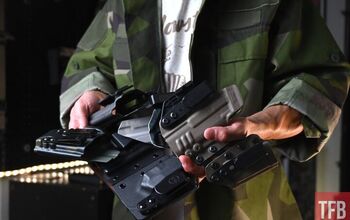
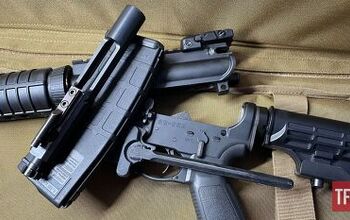
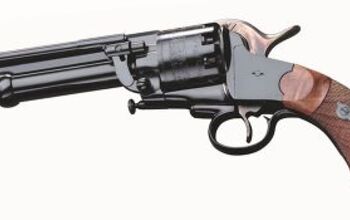
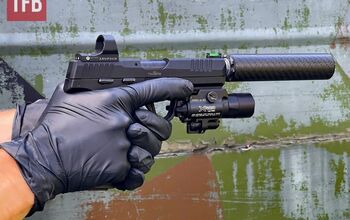


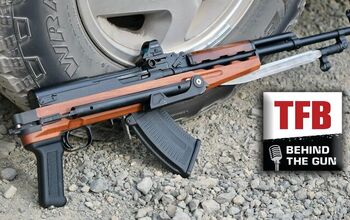


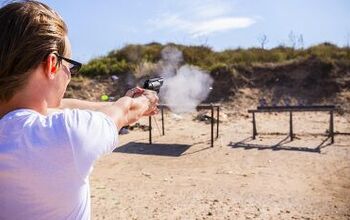
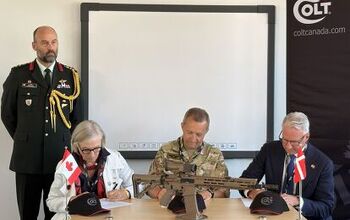


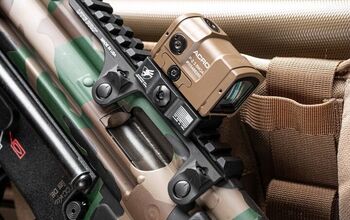



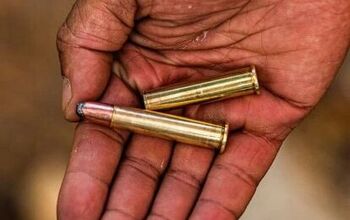
Comments
Join the conversation